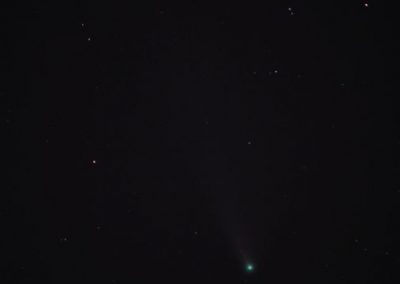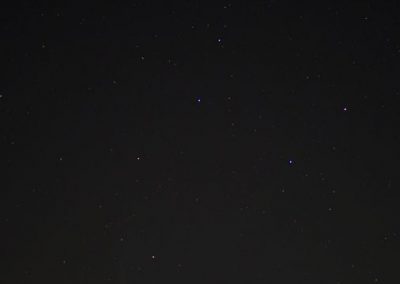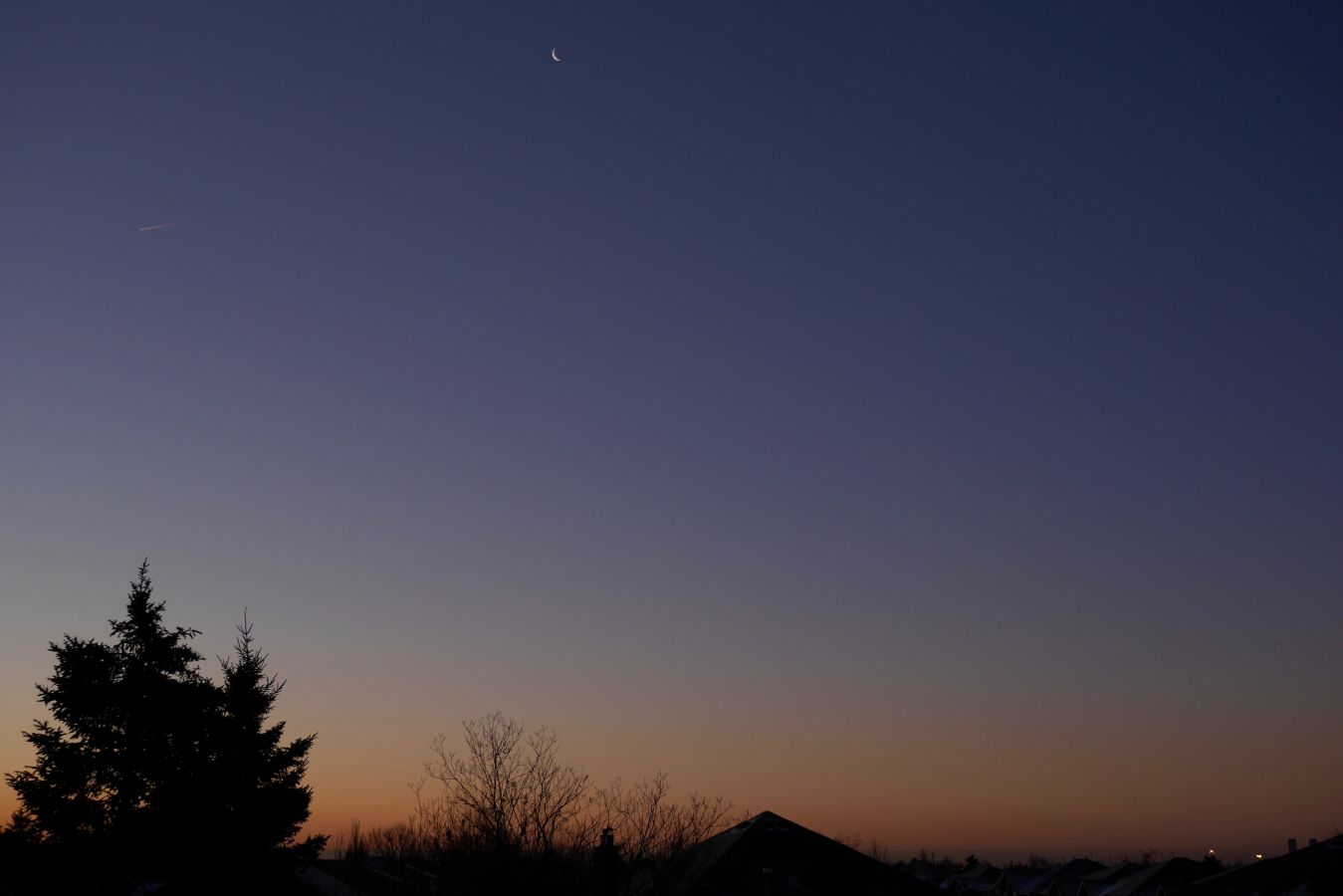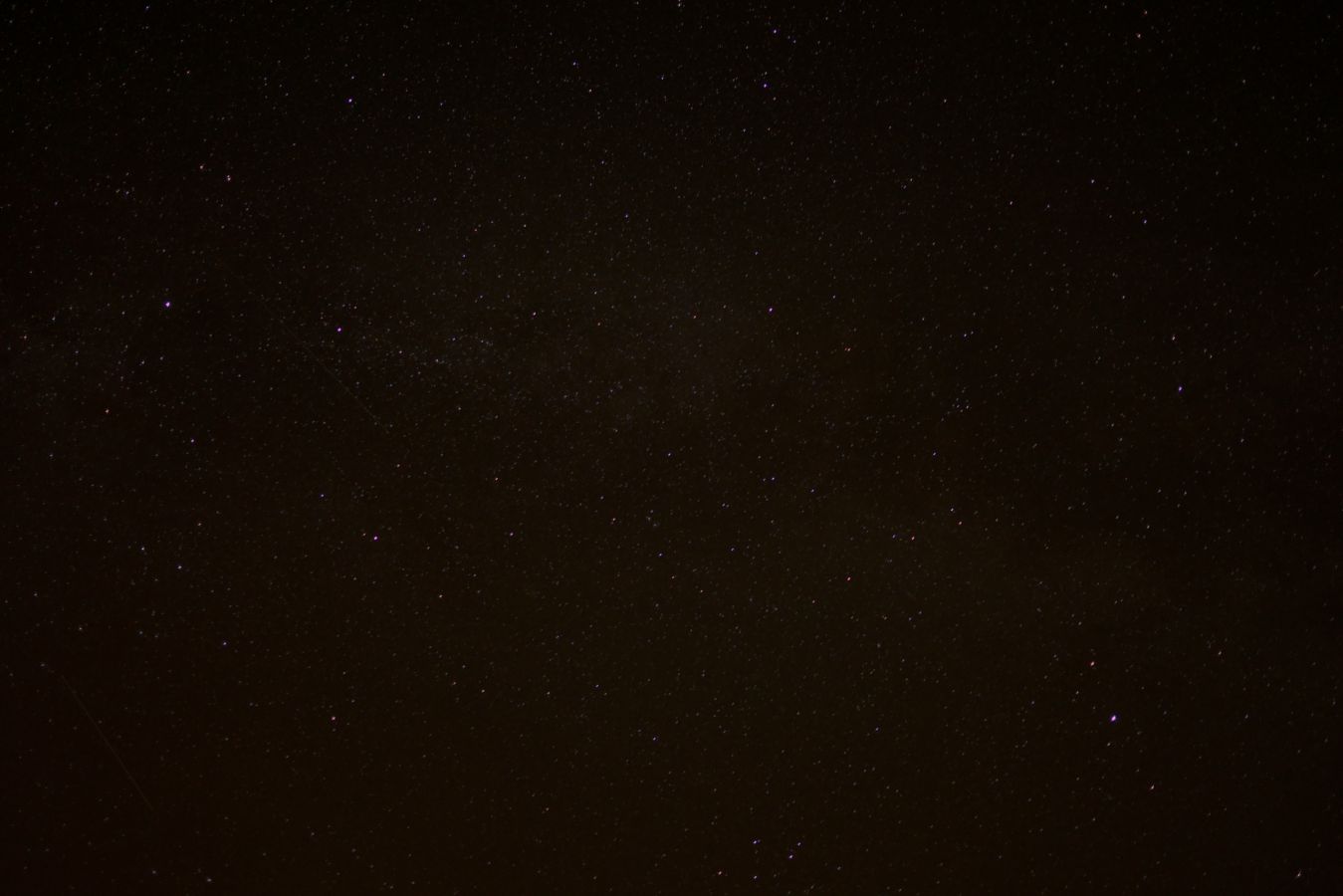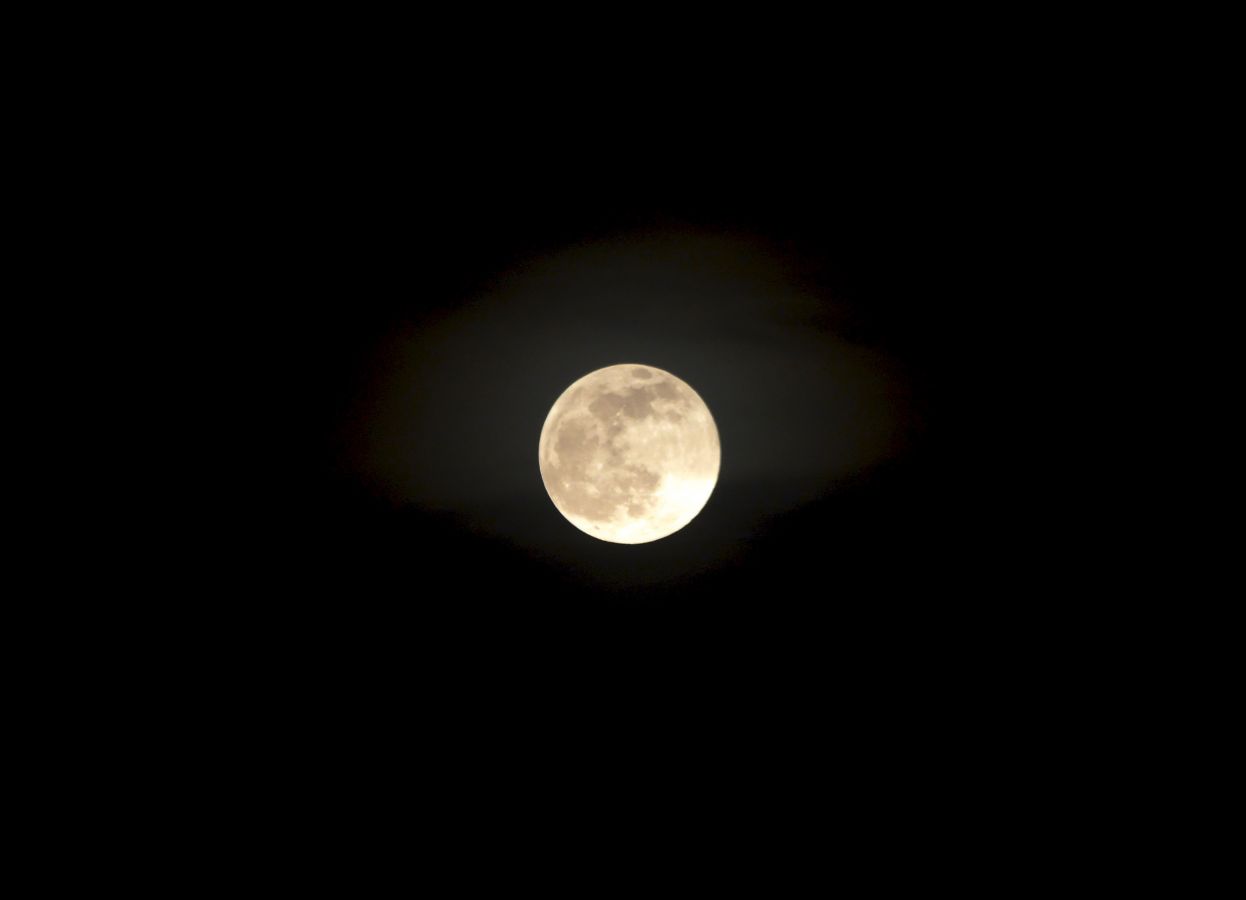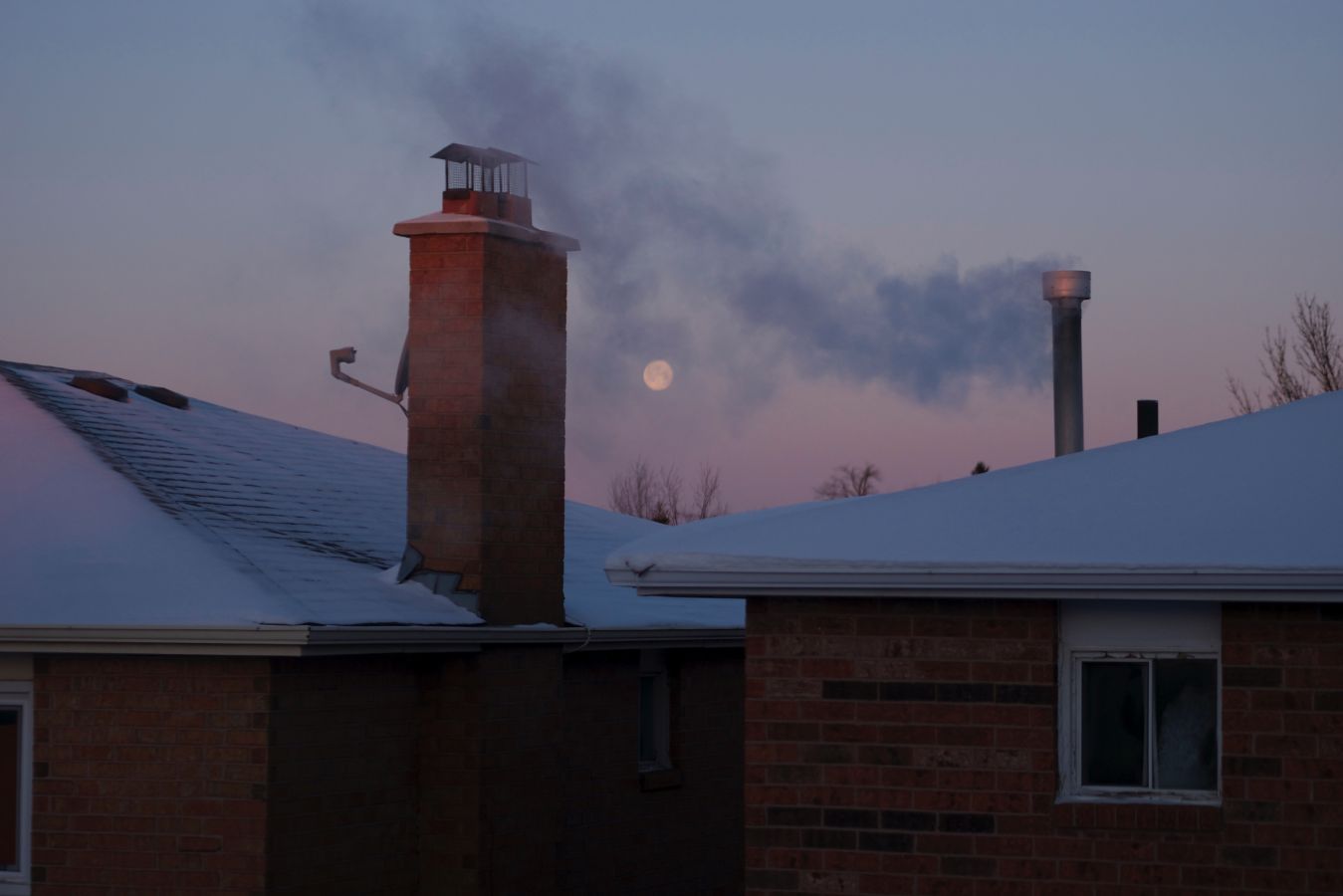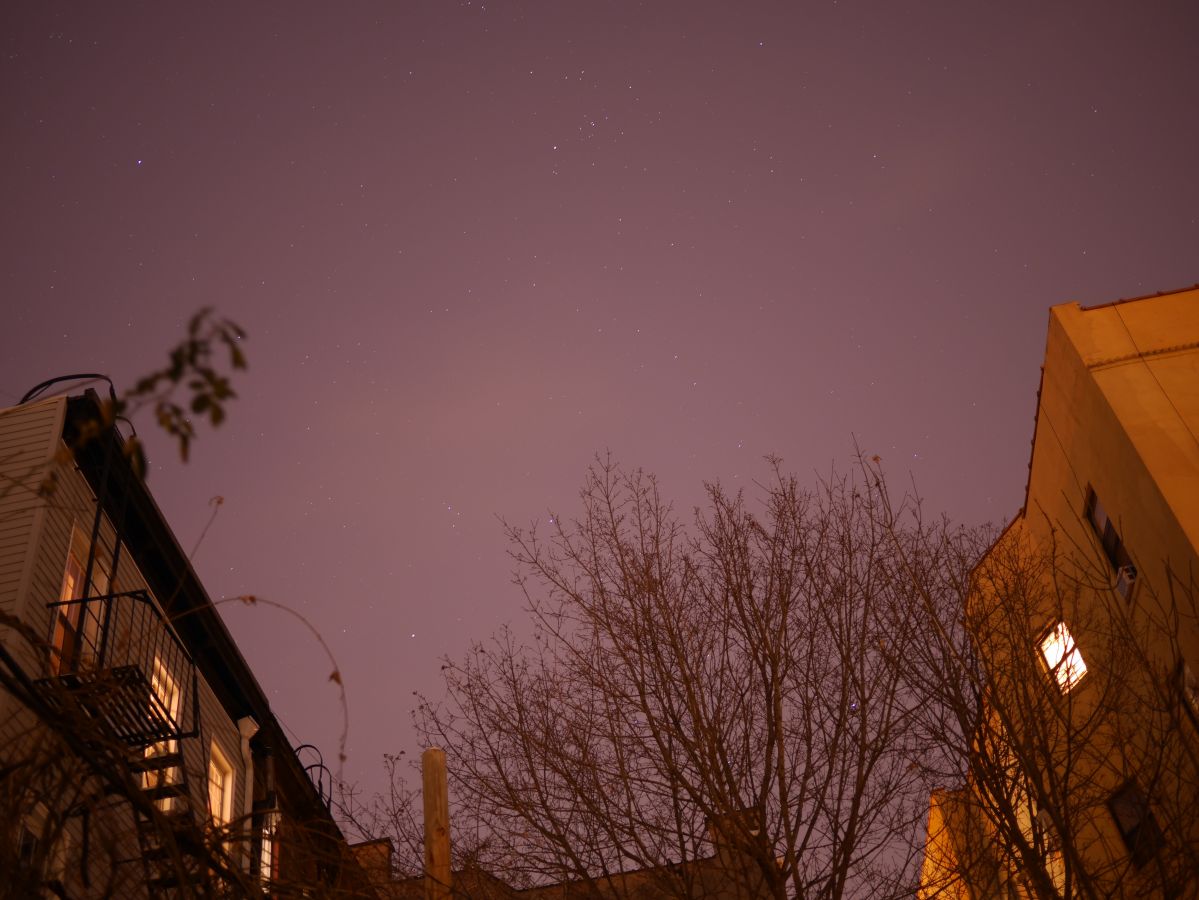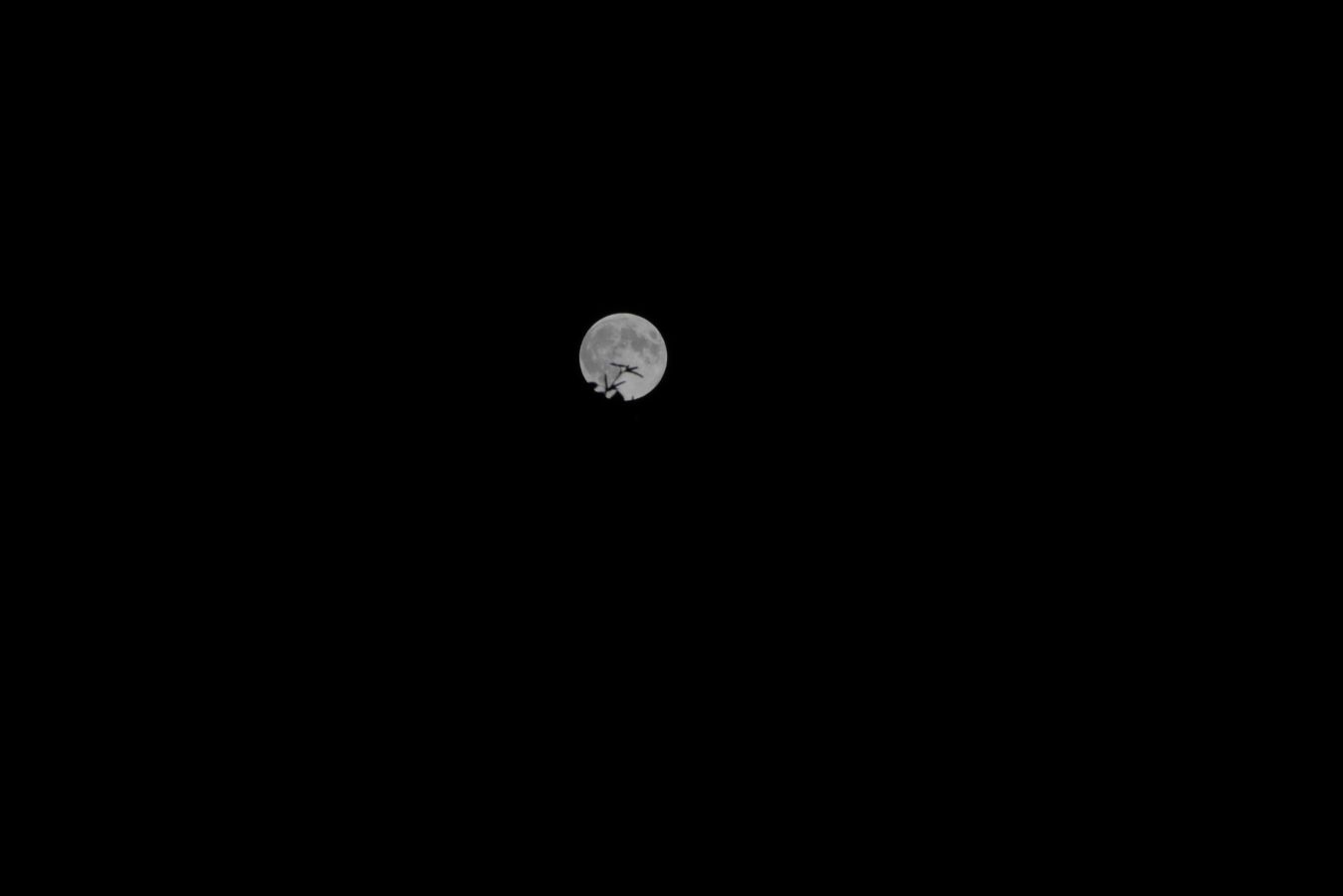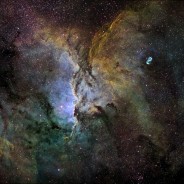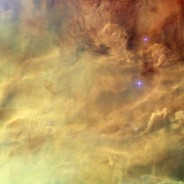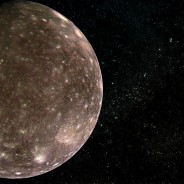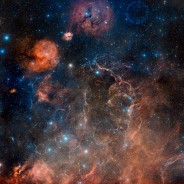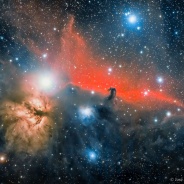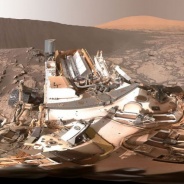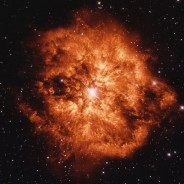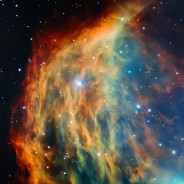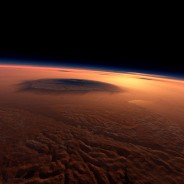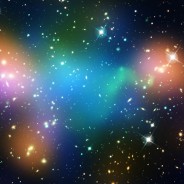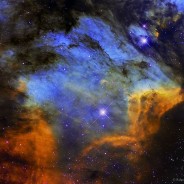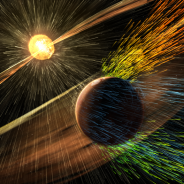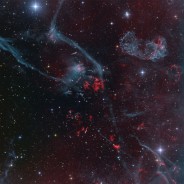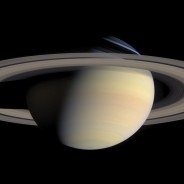I have a deep love for astronomy but I also love photography. I try and take astrophotography photos but I mostly take photos of landscapes and objects. There are two sets of photos on this page:
- My personal photography
- Photos I’ve used in all my posts (some are awesome as desktop wallpapers!
Gorgeous Emission Nebula NGC 6188
Here’s a beautiful image of NGC 6188. It’s amazing this no one has coined a term yet (maybe it’s your chance to suggest one!) but this stunning emission nebula is located in the constellation Ara. It’s still within our Milky Way located 4,000 light years away. The sculptures you see here in the cosmic gas are caused by young stars that are born and emitting intense ultraviolet radiation. NGC 6188 formed a few million years ago so it’s relatively young in the cosmic perspective. The colors here also represent...
read moreThe Incredibly Beautiful Lagoon Nebula
The Lagoon Nebula has got to be one of the most beautiful and photogenic emission nebulae out there. This nebula is located about 4000-6000 light years away from Earth in the constellation of Sagittarius (the Archer). Astronomers believe it was discovered as early as 1654. Interestingly it is the one of only two star-forming nebulae that you can see faintly with the human eye. However, the real show is when you start examining it with the large telescopes. It’s an absolute must-see. In this post I’ll just be showcasing images of...
read moreThe Strange Wonders of Jupiter’s Moon Callisto
Imagine a moon where your typical view is the gargantuan planet Jupiter. It never seems to move across the sky and just stares right back at you. This is probably a typical view from most of the moons around Jupiter but there is one that separates itself from the rest; enter Callisto. Quick Facts About Callisto Discovered in 1610 by Galileo 16 Earth day orbital & rotation periods (synchronous) Average radius: 2,410 km (Earth’s moon = 1,737 km) Callisto is a very intriguing planet when you start getting a closer look at it. Its...
read moreThe Opulent Vela Supernova Remnant
If there’s one thing I can’t get enough of it’s the gorgeous supernovae remnant photos. The cosmos sculpts magnificent scenes from hundreds or hundred of thousands light years away from Earth. The beautiful image you see here is our friend called the Vela Supernova Remnant, located 800 light years away from Earth. This remnant exploded about 11,000 – 12,300 years ago. To give you some context 11,000 years ago on Earth was the emergence of the oldest city still around today called Jericho. Humans who settled there may...
read moreHorsehead and Flame Nebula: A Cosmic Tango
Estimated 1,500 light years away from planet Earth, lies a tale of two nebulae dancing in the cosmos. We’ll start with one of the most famous nebulae in astronomy: the Horsehead Nebula. This gorgeous nebula is a dark nebula in the constellation Orion. The red emission nebula behind it acts like a gorgeous cosmic backdrop to show the curves and structure of this hydrogen gas beast. The head itself is about 2 to 3 light years across. In kilometers this would be about 20 – 30 trillion kilometers! On the left hand side...
read moreMysterious Dark Sand Dune on Mars
Mars is a hot topic these days with the discovery of water, the revelation of what happened to the water on Mars billions of years ago, to this…mysterious sand dune. Yes, what they call the Namib dune. Mars has a lot of strange landscape features and this sand dune is no exception. The dune is about 4 meters tall and what separates this dune from the rest is the fact that it moves 1 meter per year. Mars rover Curiosity took a side quest to actually study this up close. It’ll help scientists understand how Martian dunes act and...
read moreFurious 20,000 Year Explosion Wolf-Rayet Star 124
When we think of stars going supernova we might imagine one of the most incredible explosions in the universe. Nothing surprising here. However, when we think about how fast the explosion happens, well there’s a whole different story altogether. Enter Wolf-Rayet Star 124. Let’s take a sidebar and talk about this specific stellar death scenario. It’s one that is really like no other! What is a Wolf-Rayet Star? A Wolf-Rayet Star has a few requirements. It is a star at least 20 times massive than our Sun, that starts its...
read moreWhat Being an Astronomy Fan has Taught Me
Astronomy or even just science has taught me so much in my life that I figured I should share my key takeaways. I’m still learning so it’ll be great to revisit this post in about 5-10 years to see what else I’ve picked up. Before I jump in to this post I should give you some context about myself, the BrownSpaceman. Here are a few points about me before I really noticed the beauty of the universe and the poetry of science. I did not enjoy science in school and often struggled with math I enjoyed astronomy but nothing beyond...
read moreQ&A with Future Mars-walker Astronaut Alyssa Carson
Going to Mars will be no easy task. NASA and other private space companies have set goals for 2030 to go to Mars. To become an astronaut they say you need the “right stuff.” Being a Mars astronaut not only gets adults excited but even teenagers such as 14 year old Alyssa Carson. She has dedicated her life to becoming a Mars astronaut and you can tell she’s the real deal (find out what I mean here). I got a chance to ask Alyssa Carson a list of questions around her journey to becoming a Mars astronaut. Here we go! How has...
read moreWhat is Dark Matter and How Much is in the Milky Way?
One fact that always humbles me is that the universe is made up 68% dark matter, 27% dark energy, and less than 5% matter. That means that all the current knowledge that we have is only about < 5% of the universe. When we say matter we are talking about stars, planets, moons, nebulas, and all the atoms in the universe. That makes up about 5%. This fact is just mind boggling and you should take a second to let that sink in. Now, that leaves us with dark matter and dark energy? Dark energy is what we believe is causing the universe to...
read moreTop 10 Astronomy Discoveries in 2015
What a year it has been for science and astronomy. From the first up close and personal images of Pluto to key insights of what happened to Mars’ water, it’s been nothing short of excitement. While we’ve made some great discoveries this year we’ve also had some fantastic surprises as well that are worth mentioning. Without further delay let’s jump into the best astronomy discoveries of 2015! 1. New Horizons makes historic Pluto flyby and delivers incredible data Credit: NASA Arguably one of the most...
read moreYour Next 2016 Space Calendar!
Whether you’re a space enthusiast or looking for a perfect little thank you this Year in Space Calendar is nothing short of amazing. By the way, if you’re a Carl Sagan fan then you’ll be glad to know this calendar was published with help from Sagan’s pride and joy – The Planetary Society. This calendar is created in collaboration with Planetary Society so you know you’ll be getting a wonderful experience. One thing this calendar does a great job of is keeping you informed and teaching you something new each...
read moreMAVEN Reveals How Mars Lost its Atmosphere
Mars Atmosphere and Volatile Evolution or the MAVEN mission discovered some incredible new pieces of information about Mars. These findings revealed that the Sun, in its devilish way, destroyed the atmosphere of Mars. Stripping away a heavenly environment where water flowed and life could thrive in. Furthermore, NASA learned that the once-thick atmosphere of Mars was blown away by the Sun’s solar winds between 4.2 billion and 3.7 billion years ago. What’s terrifying is that Mars only retained 1% of its atmosphere as a...
read moreBeautiful Puppis A Supernova Remnant
About 7,000 light years away from Earth lies the aftermath of a massive star that went supernova. In its wake we see gorgeous wispy interstellar gases spreading out in a non-uniform manner. The way this happened is a massive star (at least 8 times larger than our Sun) went through stellar death process (where it exhausts all its hydrogen and works its way through heavier elements like helium>carbon>oxygen etc.) and eventually the star’s core collapsed when it lost stability. This resulted in one of the most spectacular explosions...
read moreThe Mystery on How Saturn and Jupiter were Formed
Saturn and Jupiter are one of the largest gaseous planets in our solar system that hold a plethora of excitement and mystery. One of the mysteries is how these planets actually formed. You may be thinking to yourself, “Is that really a big mystery to us?” And the answer is yes. Let me tell you why. The mystery starts with the widely accepted theory called core accretion model. This model states that a planet-sized core of rock and ice form first. Following that, an inflow of interstellar gas and dust latch on to the...
read more
